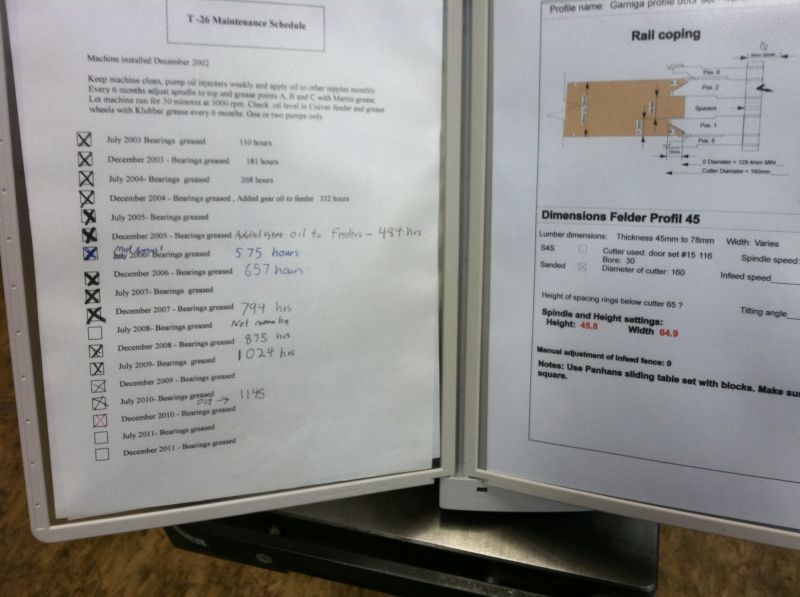Question
We run a lot of 10 foot moulding, 2-3" tall by 3/8", 1/4" and 1/2" thick on our 5 headed Wadkins. We have been re-sawing our blanks with a straight line rip saw. I am thinking about going to a horizontal band saw like Baker sells. It has a great hold down and runs very fast.
My concern is getting cupped, bowed and twisted pieces after they are re-sawed. We purchase lumber from a excellent distributor so I think it is dried well. I would appreciate any feedback if this is a good idea or if there is more to it than I think?
Forum Responses
(Solid Wood Machining Forum)
From contributor A:
Bowing and cupping is definitely a concern with re-sawed lumber. I never experienced too many problems in the 2"-3" range but definitely in the 5"-6" range. One of the things I would do is always try not to re-saw any lumber that would not be ran that same day.
Also after running, pay extra attention to bundling and stacking nice a flat. I don’t think it makes too much difference whether you’re re-sawing (slabbing) with a ripsaw or using a bandsaw to re-saw. I think cupping and warpage will occur about the same. I think the biggest issue is the width and thickness of material cut.
The second, and from what I understand, the more common reason, is case hardening. This happens in the kiln drying process where the wood is dried too quickly. Similar to tempering glass, this causes the outside to shrink faster than the inside and sets up stress in the wood. This stress is relieved when you re-saw/rip with the resultant deformation (bowing or cupping, spreading or pinching) dependent on the grain of the wood. Again not too much you can do about it except buy wood that has been dried properly, or maybe in an extreme case re-kiln it taking the moisture content up, and then back down in a more controlled fashion.
1. Growth stresses in the tree. These stresses are rare in most North American species, but we do see them in yellow-poplar, cottonwood, elm, and a few others. This stress shows up immediately when re-sawing.
2. Casehardening, which is a typical, normal stress condition (nothing is harder) in wood after drying (because the outside dries and shrinks first and the core dries and shrinks later). However, casehardening can and should be removed or relieved at the end of the drying cycle. This stress is removed by conditioning in the kiln (which generally involves steaming for a few hours). This stress shows up as immediate warp when re-sawing.
3. Moisture changes, and resultant shrinkage. Wood will always try to achieve moisture equilibrium with its environment. So, if the MC is not equal to the air's EMC, then MC changes will occur and the accompanying shrinkage can cause warp. This warp will occur sometime after re-sawing, unless there is a moisture gradient when the piece is re-sawn.
